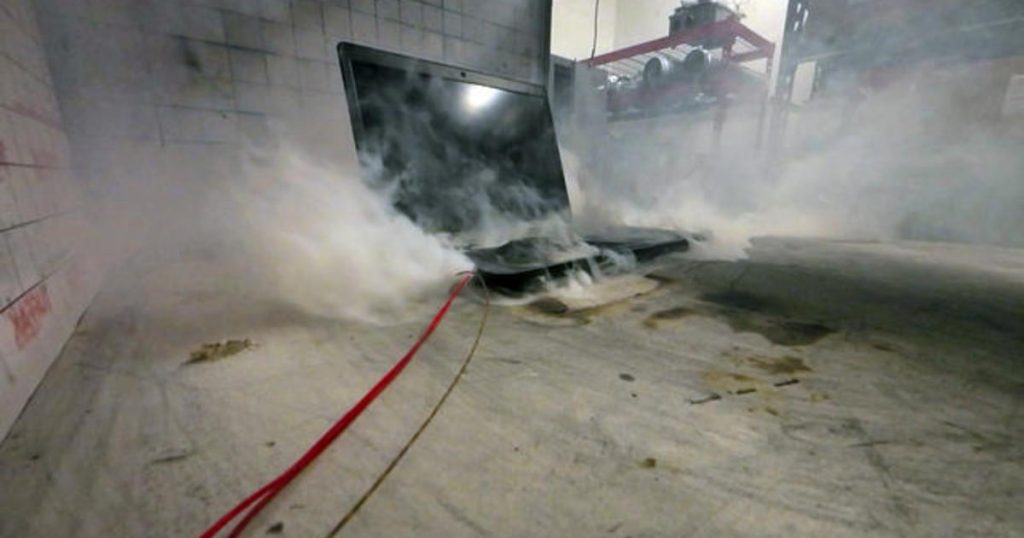The NASA Jet Propulsion Laboratory (JPL) is testing a snake-like robot with hopes of one day sending it to one of Saturn’s moons in search of life outside of Earth.
According to the JPL project’s website, the Exobiology Extant Life Surveyor, or EELS, is a mobile instrument platform being designed to explore internal terrain structures, assess whether organisms can live in those structures and search for evidence of life.
The snake-like robot is designed to get through any solid or liquid formations, while also collecting samples for assessment.
One day, NASA hopes to send the module to Enceladus, one of Saturn’s 83 known moons.
FLORIDA SPACE COAST TO WITNESS FIRST 3D PRINTED ROCKET ATTEMPT TO REACH ORBIT
Data obtained from Cassini in 2005 suggests the moon has a liquid ocean underneath its icy crust.
“The plumes erupting from its surface are conduits directly to liquid water, potentially making this the easiest path to a habitable liquid ocean,” the project’s site reads. “There are many hypothesized environmental conditions informed by proposed crevasse eruption models. These crevasse envelopes have driven every aspect of the EELS architecture to make it adaptable to the challenges it may face on this journey from the surface to the ocean.”
NASA SCIENTISTS WORKING ON GROUND MISSIONS IN PREPARATION TO PUT AMERICAN BOOTS BACK ON THE MOON
The robot is made up of multiple, identical segments that allow it to be self-propelled. It also uses rotating propulsion units that act as tracks, underwater propellers and gripping mechanisms.
These first-of-a-kind features are designed to allow the robot to enter a plume vent and get to the source.
FOX Weather reported that the harsh conditions on Enceladus, which include temperatures of 300 degrees Fahrenheit below zero, factored into the design of the robot.
So far, the team designing the EELS has tested its capabilities in the examination of glaciers and volcanoes.
GET FOX BUSINESS ON THE GO BY CLICKING HERE
NASA has not announced a launch date for the EELS project, and it could still be many years away. If the project is successful, though, the space agency said it will allow for deeper exploration into areas that were once unattainable.

